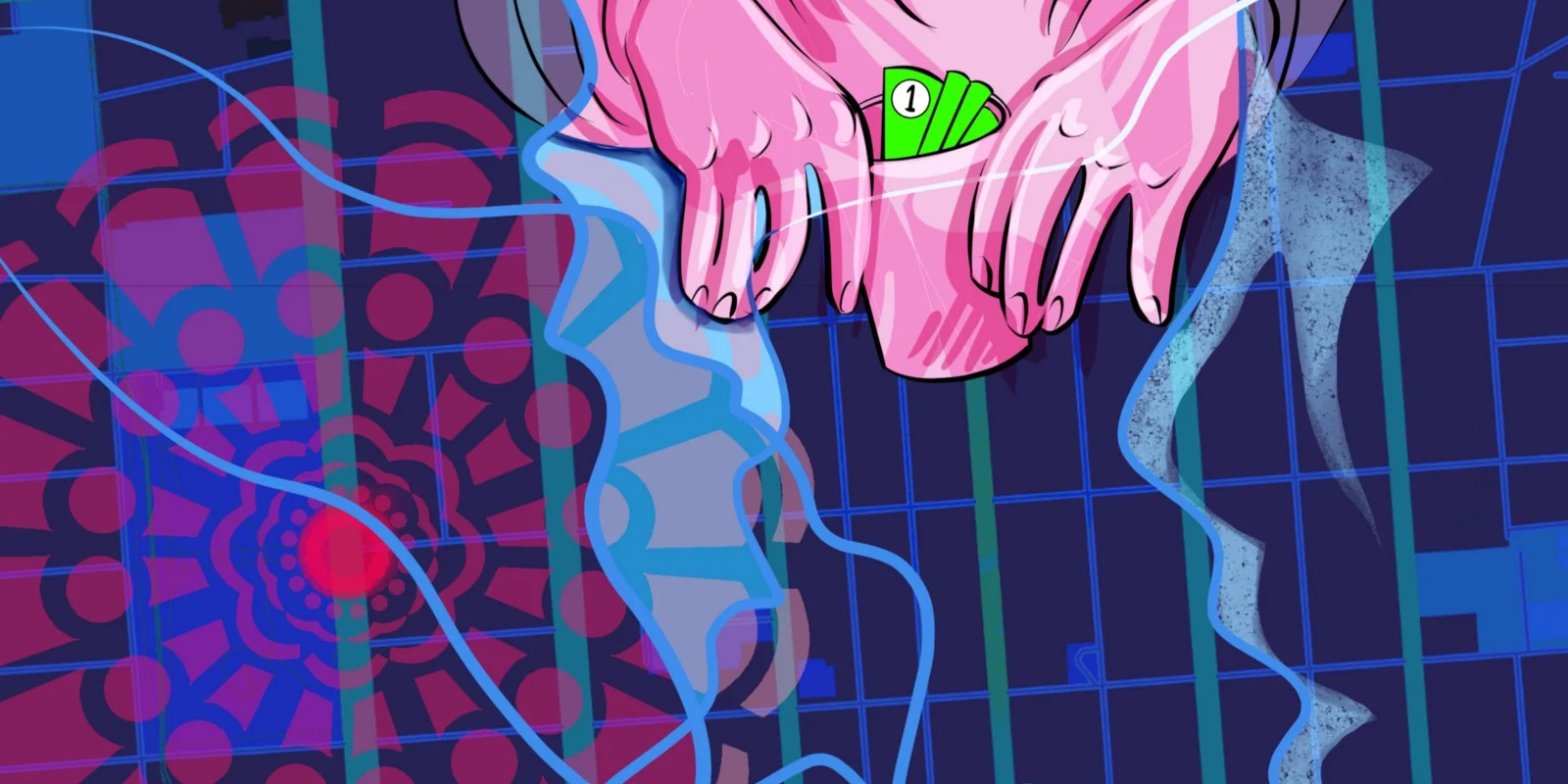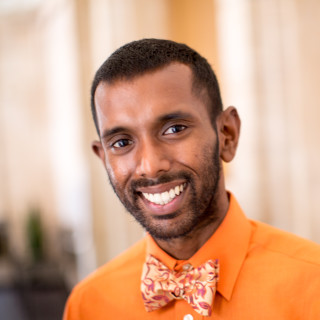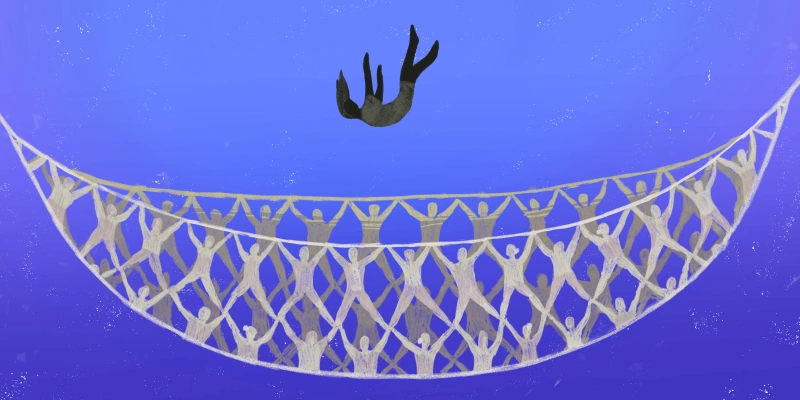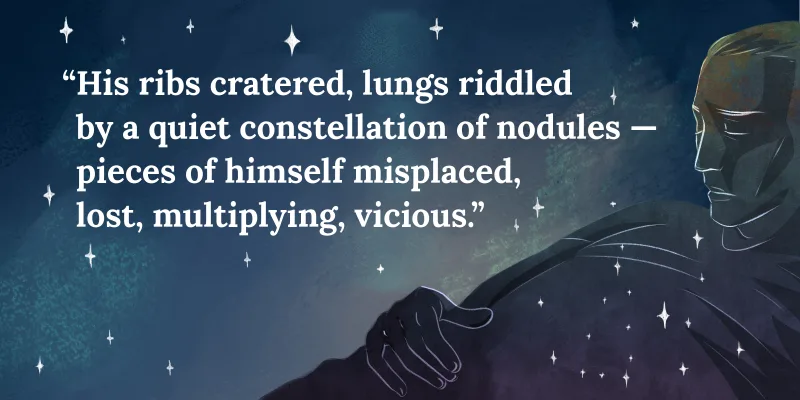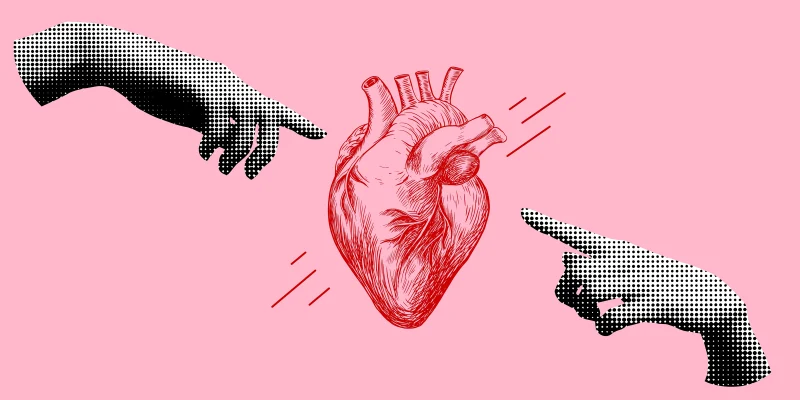
On my Saturday afternoon walk across San Francisco, I ran into Abel, a young man in his mid-20s, who was panhandling at the corner of 19th Street and Dolores. As I walked past, he offered me a deal I found very peculiar, so peculiar, in fact, that I had to take it. For $1, I was given ten minutes of his time to talk about a topic of my choosing. Having never paid before to converse, I wanted to make these ten minutes count, yet I struggled to decide on what I wanted to talk about. Having just listened to a talk about identity formation that morning, I asked first how he identified.
“I am a gay Latino,” he quickly replied.
“And what does that mean to you?”
“It means being homeless.”
I was stunned by his response, partly because I had a preconceived notion of what being a gay Latino meant. In the conversation that ensued, he told me about being thrown out of his house at 18 years of age when he came out to his family. His church, which has previously provided his family with food, refused to feed him. He lived the first month of his post-coming out life on the streets. And in those months, his identity as a gay, Latino man merged with that of being a homeless teen.
“I came to Castro to find a home,” he went on. “But everything and everyone here is white. Ain’t no point being gay, cause colored folks like me don’t have a place in Castro.”
“Have you tried looking elsewhere for community?”
“Yea, I be trying to hit up Mission, but they ain’t too friendly with the gays when you get down to it. I go to them churches, and they make it clear that I ain’t welcome.”
I couldn’t help but wonder what would happen if Abel ever went to get medical help. Would we, those who are being trained on cultural competency and multicultural communication, really be equipped to understand where he is coming from? To some degree, we will have the knowledge needed to begin the process of providing him care. Yet, by looking at him through the lens of multiculturalism, we would have missed a large portion of who he is as a human being. For Abel, his perception of self is a result of a multitude of identities clashing and merging in different ways and at different points throughout a given day.
The lens of multiculturalism in healthcare has evolved as a way to educate about and take care of people who have multiple identities. However, it has often siloed individual identities to better understand the person. For example; sexuality, gender, class, and ability are taken apart individually to address how that might affect a person. Most schools have lectures that talk about each topic on its own, if at all. But, what may be more important is to understand the ways in which these identities interact with each other to produce the person before us. At the intersections of these identities, new meanings of ‘being’ often emerge. For example, when a patient self-identifies as gay, we cannot assume that it means the same thing to every such patient. What it means to be a white gay man in America is often drastically different from what it means to be a gay man of color. Though individuals might be united by their sexual identities, their other forms of identification interact with their sexual identities to recreate the meanings associated with their sexuality.
Even further, it is not enough to simply understand the intersections of identities, as that presumes all identities are equal in the power scheme of our society. When two privileged identities intersect, the meanings created are often different from when two marginalized identities intersect. When individuals have both privileged and marginalized identities intersecting, it creates challenges that come with being at the boundaries of both power and powerlessness.
For Abel, he struggles to find a place within a largely white upper-middle-class, gay community due to his skin color. In his cultural community, he is not welcomed due to his sexuality. His identity as a man puts him in a position of privilege within both the LGBT and Latin communities and his current homelessness marginalizes him within both communities. The often internal drama that plays out as a result of power intersecting with already interacting identities elucidates an added complexity of what it means to be human in today’s world.
Of course, it is impossible to learn what every interaction between identities can mean to different people. Yet, the growing literature on intersectionality points to an increasing need for us as emerging healthcare professionals to keep the notion of intersectionality as a framework when we are providing care. If we are to truly provide effective care, we can no longer afford to silo individual identities and address them one at a time.
As I walked away from our ten-minute conversation, I found it interesting that Abel chose the corner of 19th Street and Dolores to panhandle. It is midway between Castro Street and Mission Street, and at this intersection stands a church that is no longer a place of worship. Yet at this corner, worlds are colliding into and out of existence. Meanings are constantly being created and recreated. Identities are continuously being interwoven. And amidst it all, there is a young man whose breath is his form of activism — an ever-present reminder that we are much more than what we seem.
Jerome Chelliah is a resident physician in Obstetrics and Gynecology and a 2018–2019 Doximity Author.
